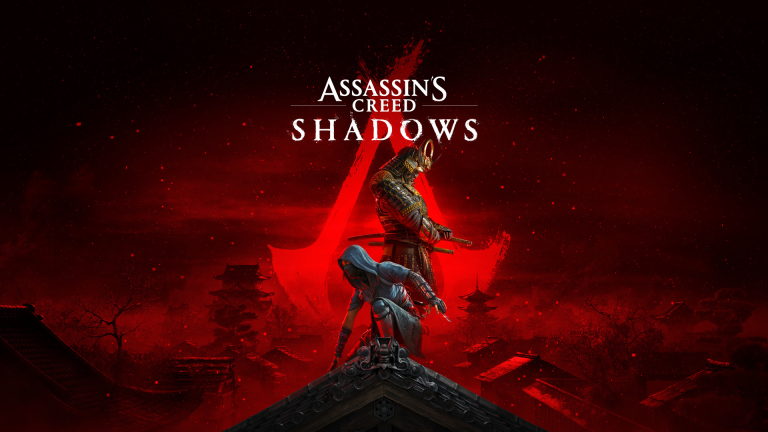When Ubisoft first announced Assassin’s Creed Shadows, the promise of a ninja-led stealth experience reignited hope among fans who longed for the series to embrace its stealth roots. Set in feudal Japan—a setting fans have requested for years—the game teased a darker, more methodical approach, supported by new environmental mechanics and dual protagonists. However, after spending several hours with a demo build, it’s clear that Shadows is more of a refinement than a reinvention. Ubisoft may have reintroduced stealth as a focus, but the systems supporting it still feel shackled by the same limitations that have defined the franchise for the last decade.
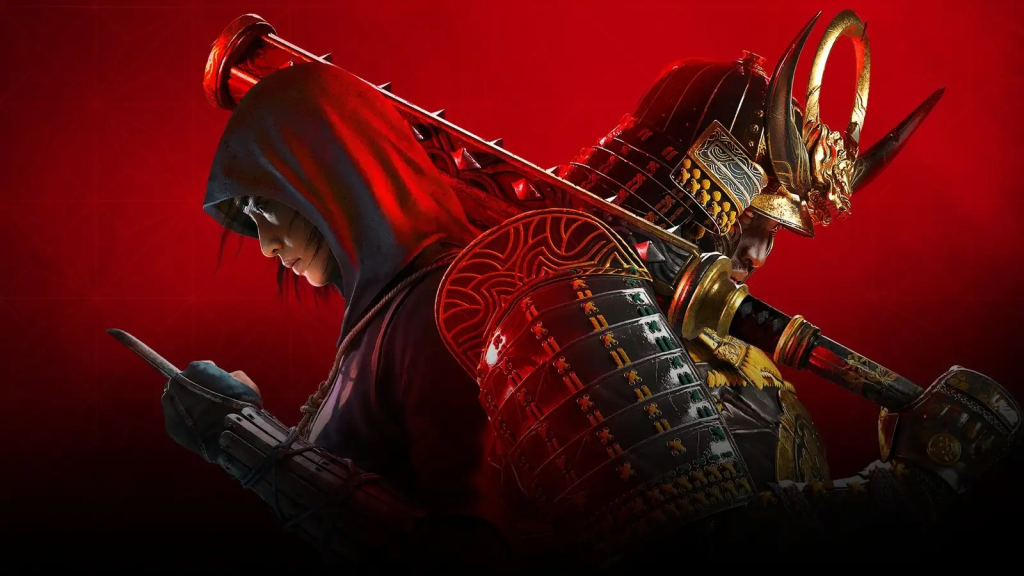
A Tale of Two Protagonists, But One Playstyle
The big hook of Assassin’s Creed Shadows is its dual-character system: Naoe, a nimble ninja specializing in stealth, and Yasuke, a powerful samurai built for direct confrontation. While the idea is intriguing on paper—offering players two distinct ways to experience the game—the execution feels uneven. Throughout my demo, I chose to stick with Naoe, hoping her skillset would finally deliver the silent, strategic infiltration experience that’s been missing from Assassin’s Creed since the early days.
Naoe’s abilities certainly lean into classic stealth tropes. She can crouch, crawl, hide in tall grass, use a grappling hook, and extinguish light sources to create cover. But despite these mechanics, the game’s level design and enemy AI rarely forced me to use them creatively. Most encounters could be bypassed with simple roof-hopping or by triggering distractions with thrown objects. The game never demanded the kind of calculated, multi-step stealth choreography that made titles like Splinter Cell or Dishonored genre-defining classics.
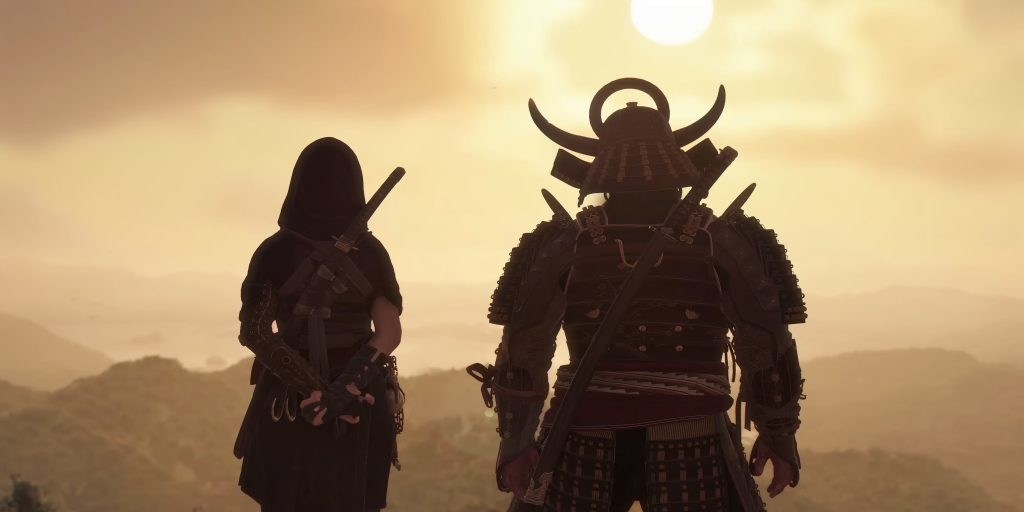
Light and Shadow: A Half-Formed Idea
One of Ubisoft’s most publicized innovations is Shadows’ dynamic lighting and visibility system. In theory, stepping into the light increases the chance of being seen, while remaining in darkness keeps you hidden. It’s a mechanic that echoes the likes of Thief and Splinter Cell, suggesting deeper stealth immersion. Unfortunately, in practice, this feature feels cosmetic. Visibility meters appear on the HUD, but during my hands-on time, enemies continued to rely mostly on traditional line-of-sight detection. I was rarely forced to think about how light and shadow could shape my approach.
Environmental manipulation is also disappointingly shallow. While you can shatter lanterns or cut down light sources to create darkness, these actions rarely opened up meaningful new options. Instead, they felt like set dressing—small tools without the systemic depth to truly impact how you infiltrate.
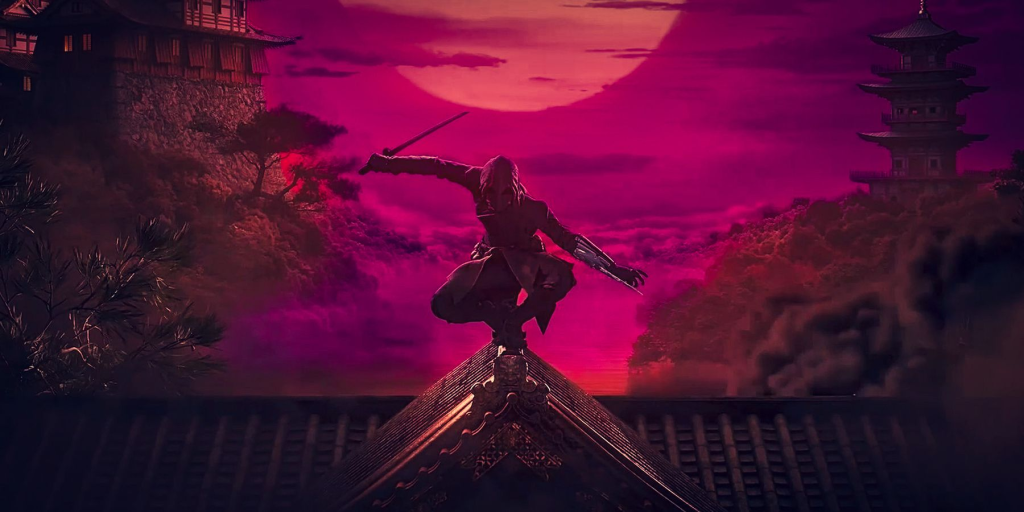
Combat Creeps Back In
Even when you fully commit to Naoe’s stealth-centric path, Shadows doesn’t let you avoid combat. Key boss battles abruptly shift the experience away from sneaking and into forced duels, a jarring pivot that undermines your choices. These encounters favor Yasuke’s brute strength and durability, but when controlling Naoe, they become frustrating exercises in patience. Her light frame and limited defense options make these fights punishing, often devolving into repetitive dodging and awkward timing rather than skillful assassination.
This approach feels like a missed opportunity. Previous Assassin’s Creed entries like Unity introduced “black box” missions—elaborate assassination setups that encouraged creativity and stealth mastery. Shadows could have evolved this idea further, but instead leans heavily on the series’ increasingly action-heavy formula.

Incremental Improvements, But No Evolution
That’s not to say Assassin’s Creed Shadows ignores stealth entirely. Patrol patterns are tighter, enemy awareness feels more reactive, and the removal of drone-like bird scouting is a welcome change, encouraging players to rely on line-of-sight reconnaissance. But these tweaks feel like minor adjustments rather than groundbreaking innovations.
The real problem is that Shadows is still trapped within the familiar rhythms of modern Assassin’s Creed. Ubisoft seems unwilling to commit to the systemic complexity and player agency that defines the best stealth games. Instead, they’ve repackaged old mechanics, applied a fresh coat of feudal Japan paint, and called it evolution.
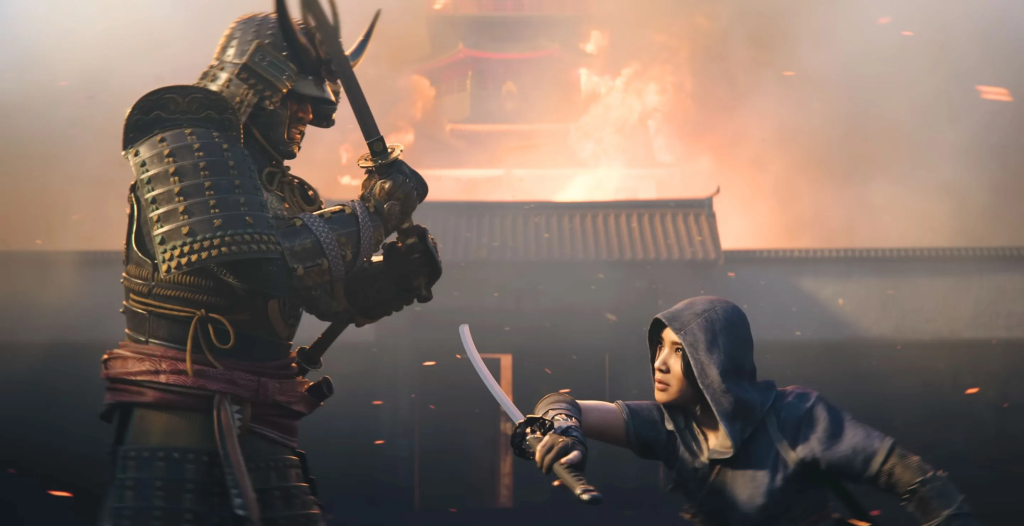
A Step Forward, But Not Enough
After several hours with the demo, I came away with mixed feelings. Assassin’s Creed Shadows is undoubtedly the stealthiest entry of the series’ RPG era. Naoe’s moveset and tools provide a more focused experience for players craving a quieter, deadlier approach. But for all the talk of light manipulation, environmental stealth, and ninja fantasy, the game ultimately plays it safe. It lacks the mechanical boldness needed to transform the stealth genre or redefine what Assassin’s Creed can be.
For fans exhausted by the oversized, combat-first direction of Origins, Odyssey, and Valhalla, Shadows will likely feel like a welcome return to form. But for those hoping for the next great stealth game—a true ninja simulation that blends strategy, tension, and freedom—Assassin’s Creed Shadows may not deliver the revolution it promises.
